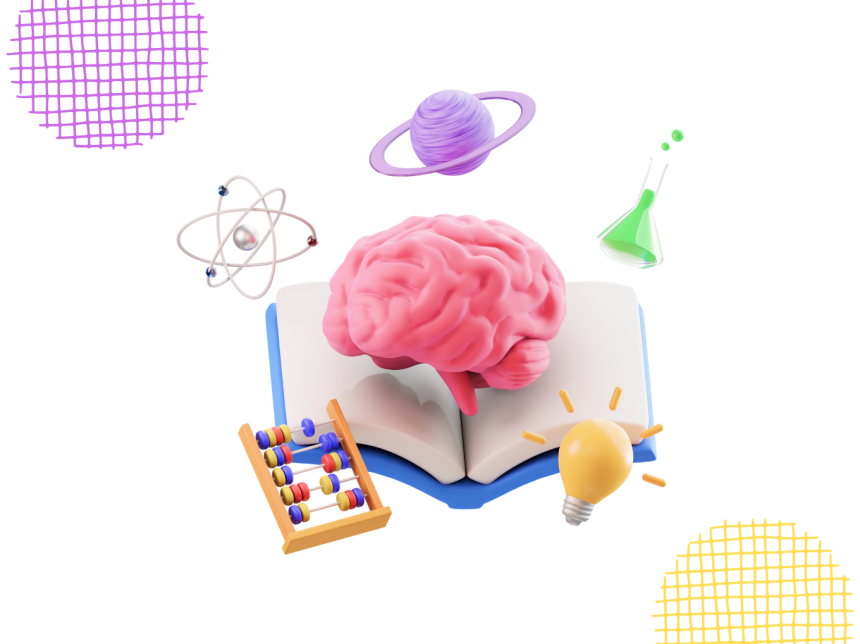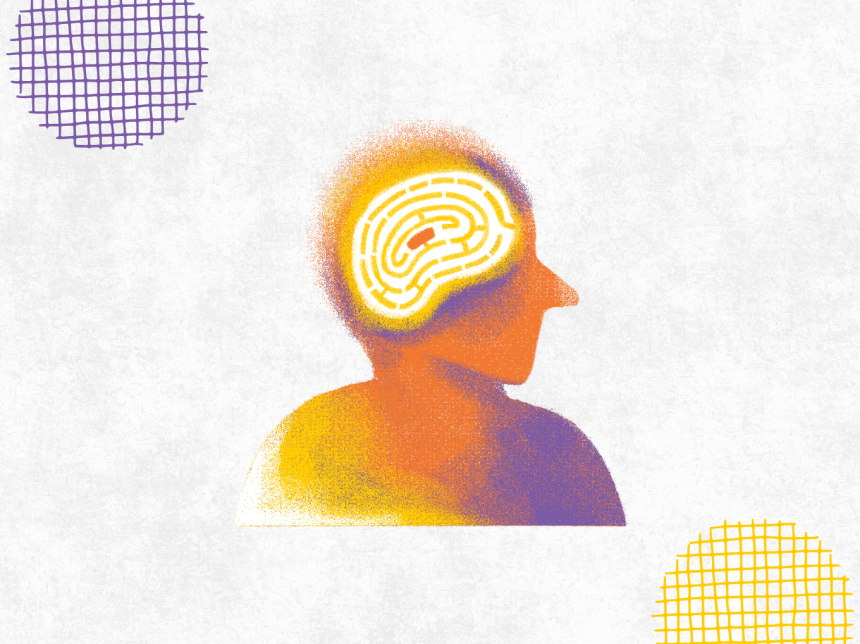
The Halo Effect: How First Impressions Shape Our Perception
Learn how the Halo Effect influences judgment by letting one positive trait shape our entire view of a person or brand. Discover examples and tips to avoid bias.
Have you ever assumed someone was good at everything just because they were friendly, attractive, or well-spoken? If so, you’ve experienced the Halo Effect — a cognitive bias where one positive trait creates a “halo” that colors our entire impression of a person, product, or organization.
Where the Halo Effect Comes FromThe term was first introduced by psychologist Edward Thorndike in 1920. In his research, he found that military officers rated soldiers’ physical appearance, intelligence, and leadership as consistently high or low — suggesting that one positive or negative trait influenced all other judgments.
How It WorksThe Halo Effect is a mental shortcut:
- One positive trait stands out – e.g., physical attractiveness, confidence, charm.
- Generalization occurs – Our brain assumes other unrelated traits are equally positive.
- Bias is reinforced – Future interactions are interpreted through this initial positive lens.
It’s fast, automatic, and often unconscious — which is why it can be both helpful and misleading.
Examples in Everyday Life- Workplace: An employee who dresses sharply is also assumed to be more competent, even without evidence.
- Education: Attractive students may be graded more generously.
- Branding: A well-designed logo makes people assume the product is high-quality.
- Politics: Charismatic leaders are seen as more trustworthy.
The opposite of the Halo Effect is the Horns Effect, where one negative trait colors our entire perception. For example, if someone arrives late once, we may unfairly assume they’re irresponsible in all areas.
Why the Halo Effect MattersThis bias affects hiring decisions, academic grading, consumer purchases, and even relationships. It can cause us to overlook flaws — or miss out on talent that doesn’t immediately shine.
How to Reduce the Halo EffectFor Leaders & Recruiters:
- Use structured evaluations instead of gut feelings.
- Separate different performance criteria when rating people.
- Seek multiple perspectives before making judgments.
For Individuals:
- Pause and ask: “What evidence do I actually have for this assumption?”
- Be aware of how appearance or charm might influence your decisions.
- Give people multiple opportunities to demonstrate their abilities.
- Think of someone you admire greatly.
- List their traits — then mark which ones you’ve actually observed versus assumed.
- Notice how many are based on a single standout characteristic.
The Halo Effect shows how easily first impressions can dominate our perception. By being aware of it, we can make fairer judgments — and avoid being overly influenced by charm, beauty, or confidence alone.





